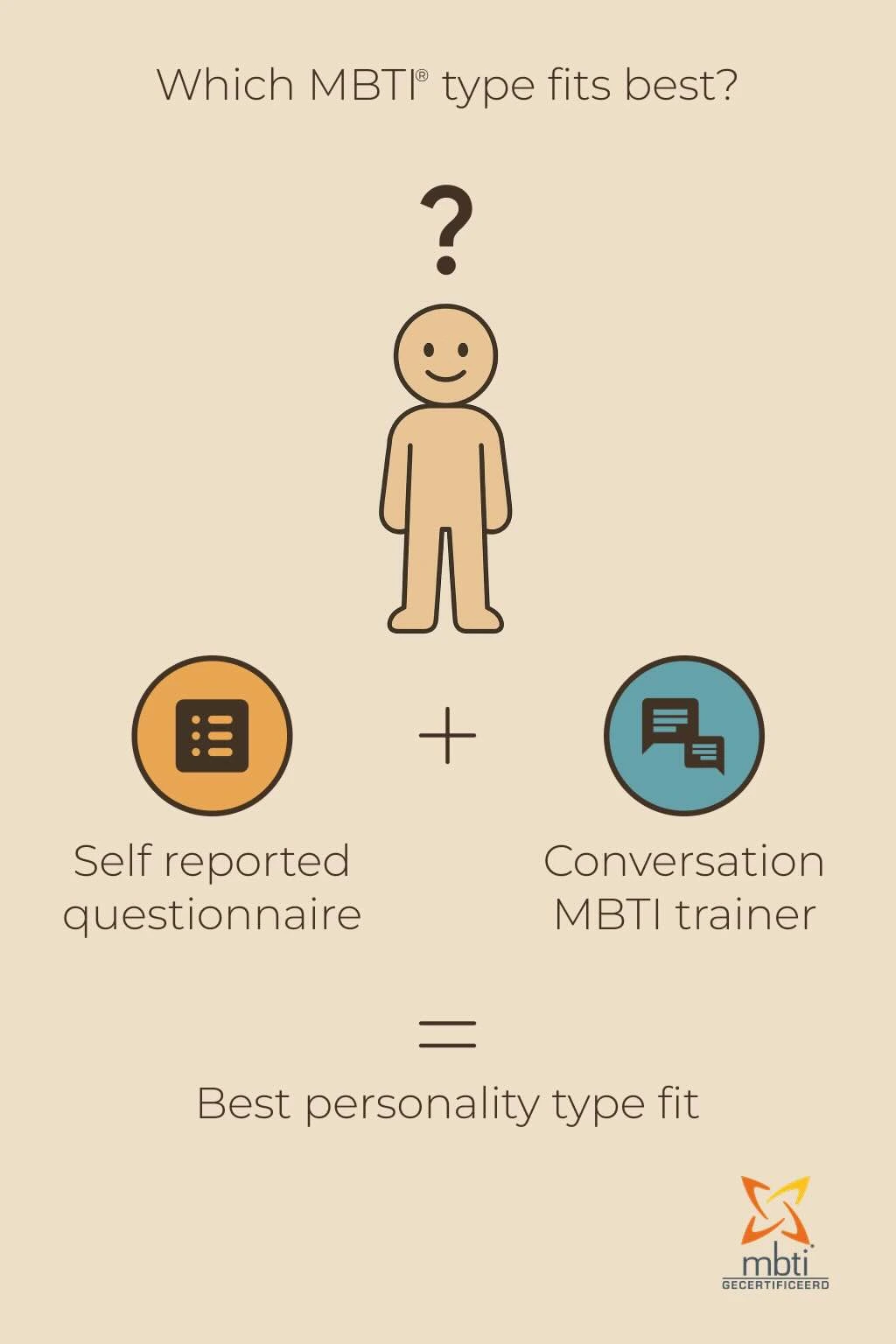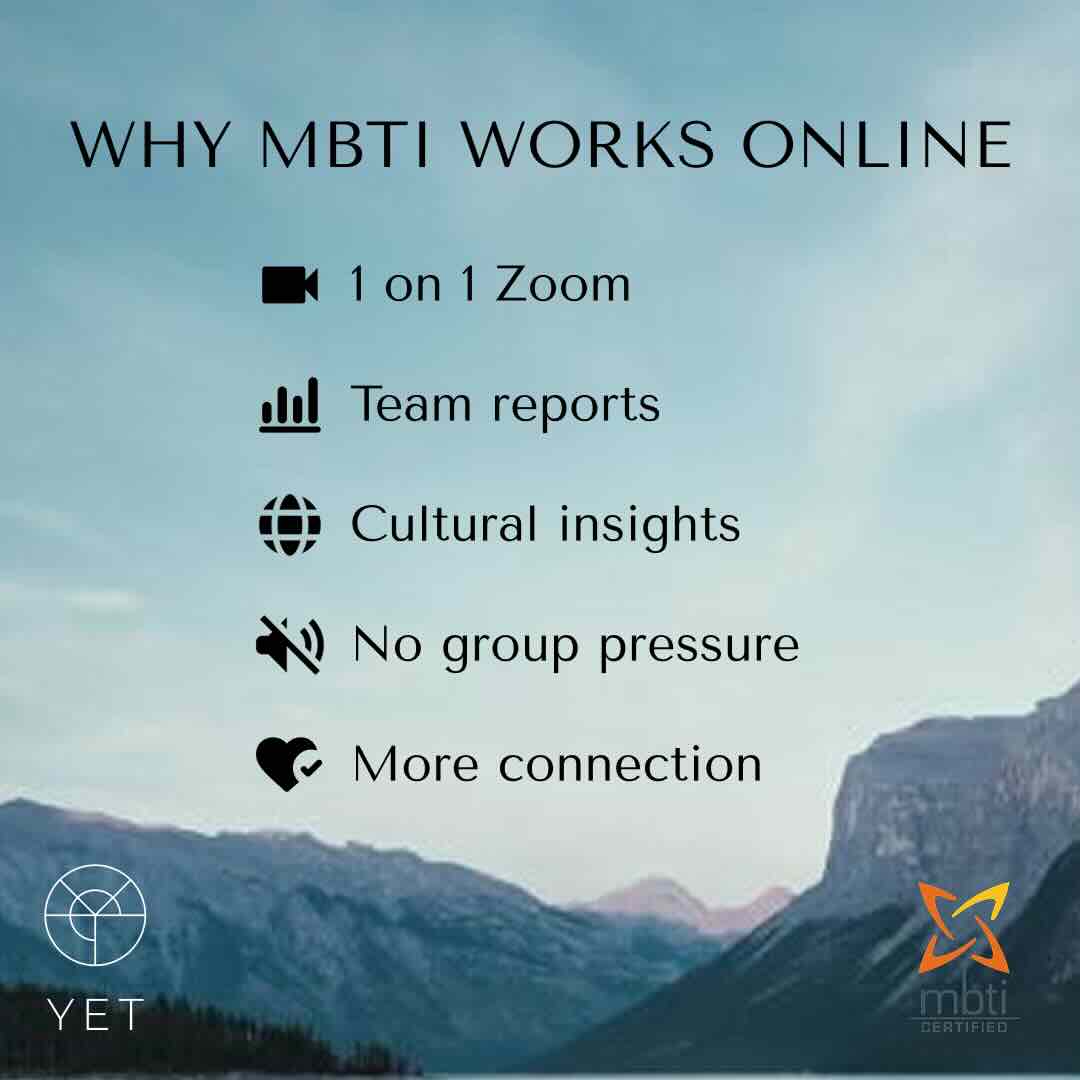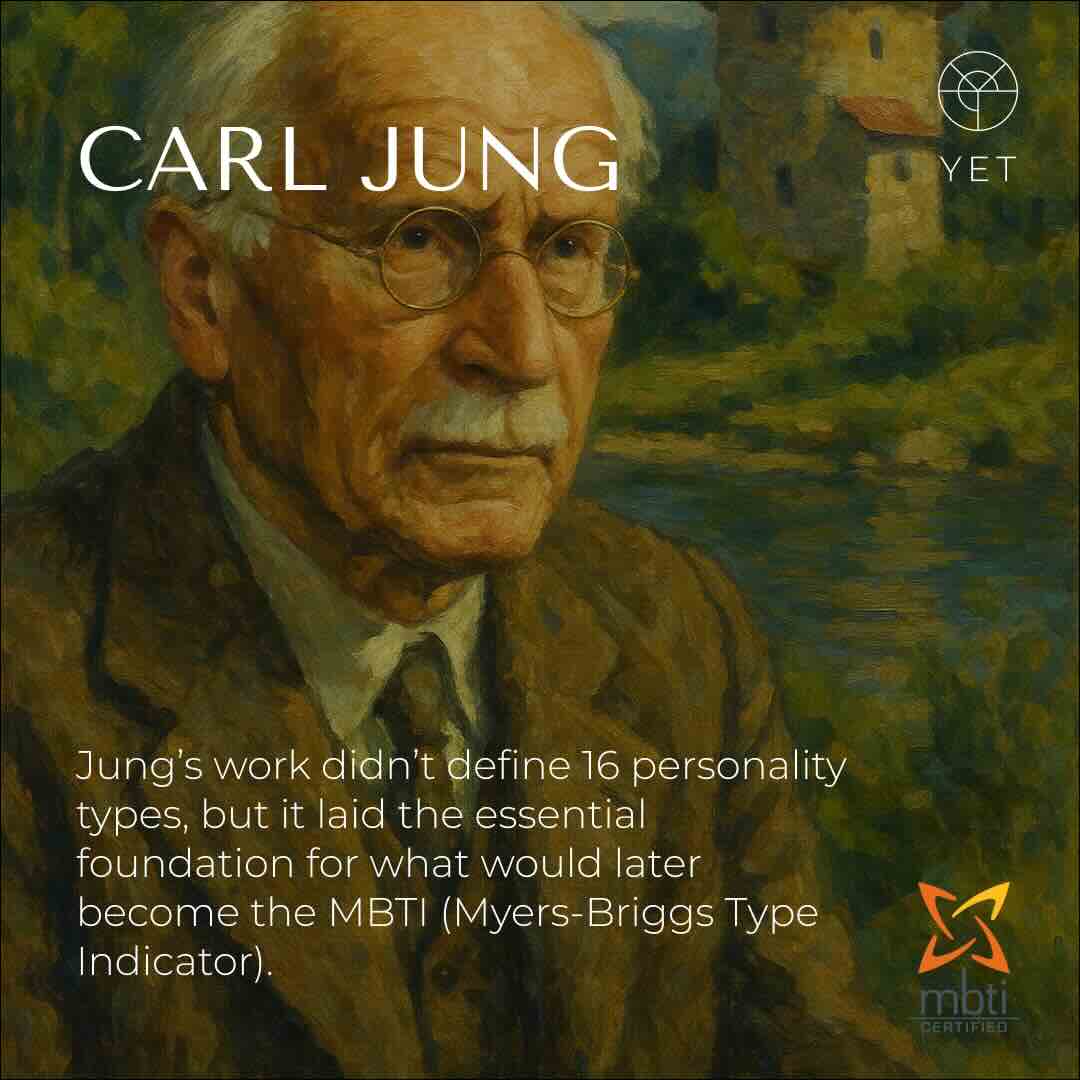The Myers-Briggs Type Indicator (MBTI) categorizes personalities into 16 types, each with unique characteristics. Here is a brief overview of each personality type:
1. ISTJ – The responsible realist
– Traits: Responsible, detail-oriented, and dependable.
– Overview: ISTJ’s value tradition and order, excelling in structured environments where they can apply their methodical approach.
2. ISFJ – The practical helper
– Traits: Compassionate, practical, and patient.
– Overview: ISFJ’s are dedicated to helping others, often putting others’ needs before their own and working tirelessly behind the scenes.
3. INFJ – The insightful visionary
– Traits: Visionary, empathetic, and insightful.
– Overview: INFJ’s are idealists who seek to make the world a better place, guided by strong personal values and a deep understanding of others.
4. INTJ – The conceptual planner
– Traits: Strategic, independent, and analytical.
– Overview: INTJ’s are planners who excel at solving complex problems and envisioning long-term strategies with a clear sense of purpose.
5. ISTP – The logical pragmatist
– Traits: Practical, resourceful, and adventurous.
– Overview: ISTP’s are hands-on problem solvers who love to tinker, often thriving in dynamic environments that require quick thinking.
6. ISFP – The versatile supporter
– Traits: Artistic, spontaneous, and sensitive.
– Overview: ISFP’s appreciate beauty and seek to live in the moment, often expressing themselves through creative pursuits and a deep connection to their surroundings.
7. INFP – The thoughtful idealist
– Traits: Idealistic, empathetic, and introspective.
– Overview: INFP’s are guided by their core values, striving for authenticity and harmony, often finding purpose in helping others.
8. INTP – The objective analyst
– Traits: Intellectual, curious, and unconventional.
– Overview: INTP’s are deep thinkers who enjoy exploring abstract theories and solving complex puzzles, driven by a thirst for knowledge.
9. ESTP – The energetic problem-solver
– Traits: Energetic, adaptable, and perceptive.
– Overview: ESTP’s are action-oriented and thrive in fast-paced environments, using their sharp observational skills to take advantage of opportunities.
10. ESFP – The enthusiastic improviser
– Traits: Sociable, spontaneous, and fun-loving.
– Overview: ESFP’s live for the moment and love to engage with others, often bringing excitement and enthusiasm to any situation.
11. ENFP – The imaginative motivator
– Traits: Enthusiastic, creative, and charismatic.
– Overview: ENFP’s are inspiring and energetic, driven by their passion for new ideas and connections, often advocating for causes they believe in.
12. ENTP – The enterprising explorer
– Traits: Witty, innovative, and outspoken.
– Overview: ENTP’s love to challenge ideas and explore new possibilities, often thriving in debates and brainstorming sessions where they can flex their mental agility.
13. ESTJ – The efficient organizer
– Traits: Organized, decisive, and practical.
– Overview: ESTJ’s are natural leaders who value order and efficiency, often taking charge to ensure that goals are met, and standards are maintained.
14. ESFJ – The supportive contributor
– Traits: Warm, cooperative, and loyal.
– Overview: ESFJ’s are social creatures who prioritize harmony and community, often taking on the role of caregiver and ensuring that everyone feels included.
15. ENFJ – The compassionate facilitator
– Traits: Charismatic, inspiring, and empathetic.
– Overview; ENFJ’s are natural leaders who motivate others, often guided by their desire to make a positive impact on the world around them.
16. ENTJ – The decisive strategist
– Traits: Assertive, strategic, and confident.
– Overview: ENTJ’s are driven by their vision and ambition, often taking charge in leadership roles where they can implement their strategic goals with precision.
This quick guide provides a brief description of each MBTI personality type, highlighting their core characteristics and how they navigate the world. Understanding these differences can help you appreciate the different ways people think, feel and interact.



